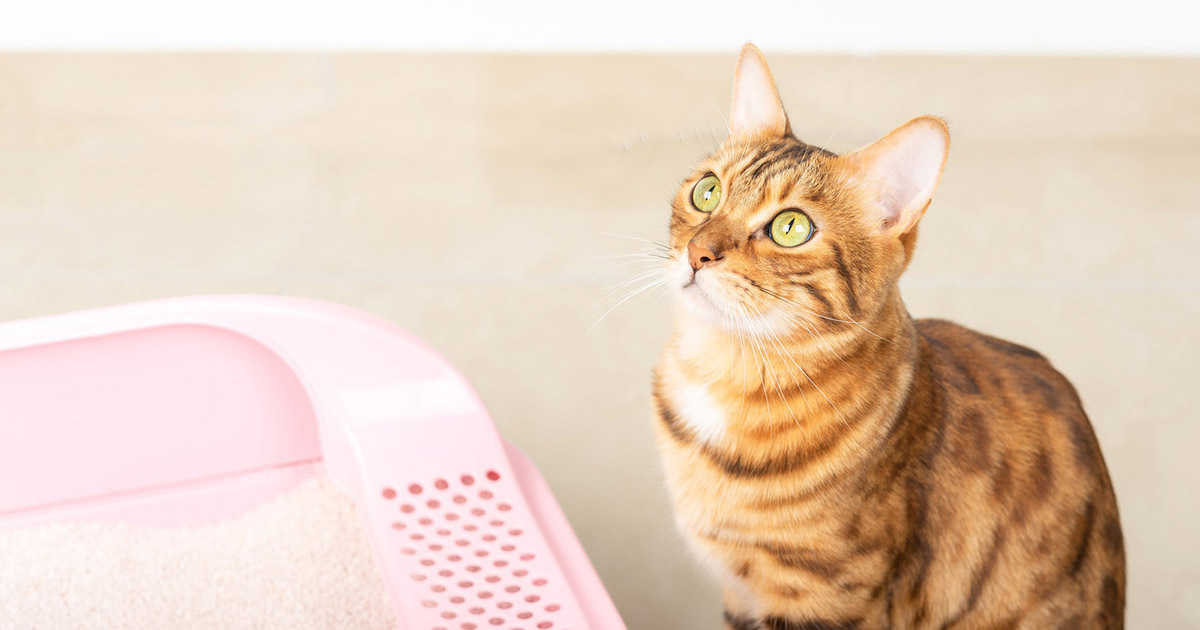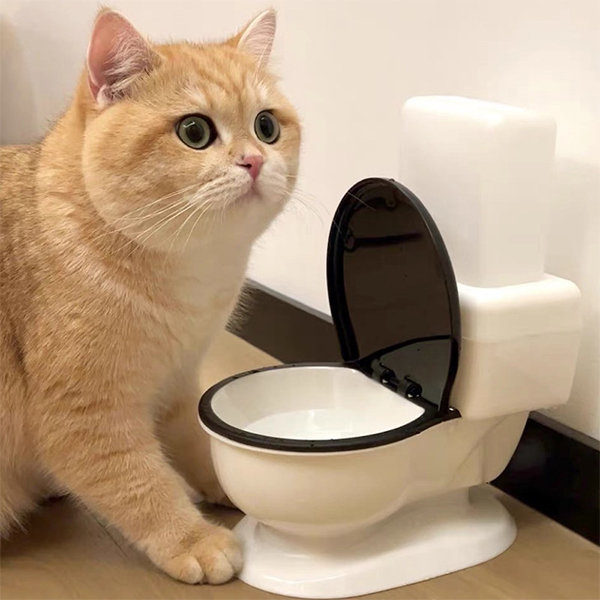Hazards of Flushing Cat Poop Down Your Toilet - Prevent Possible Problems
Hazards of Flushing Cat Poop Down Your Toilet - Prevent Possible Problems
Blog Article
Just how do you actually feel about Don’t flush cat feces down the toilet?

Introduction
As cat proprietors, it's essential to bear in mind how we dispose of our feline close friends' waste. While it may seem hassle-free to flush pet cat poop down the toilet, this technique can have harmful effects for both the environment and human wellness.
Environmental Impact
Purging pet cat poop presents hazardous microorganisms and parasites into the water, posing a considerable threat to aquatic environments. These contaminants can negatively affect marine life and concession water top quality.
Health Risks
In addition to ecological concerns, flushing feline waste can additionally pose health dangers to human beings. Pet cat feces may contain Toxoplasma gondii, a parasite that can cause toxoplasmosis-- a possibly severe illness, specifically for expectant ladies and individuals with damaged immune systems.
Alternatives to Flushing
Fortunately, there are safer and extra responsible ways to throw away feline poop. Consider the following alternatives:
1. Scoop and Dispose in Trash
One of the most typical method of getting rid of cat poop is to scoop it right into a naturally degradable bag and throw it in the garbage. Make sure to use a devoted litter scoop and dispose of the waste without delay.
2. Use Biodegradable Litter
Go with biodegradable cat clutter made from products such as corn or wheat. These trashes are environmentally friendly and can be securely disposed of in the trash.
3. Hide in the Yard
If you have a yard, take into consideration burying feline waste in a designated area far from veggie yards and water sources. Make certain to dig deep adequate to prevent contamination of groundwater.
4. Set Up a Pet Waste Disposal System
Buy a pet dog waste disposal system particularly made for cat waste. These systems use enzymes to break down the waste, reducing odor and environmental influence.
Verdict
Accountable family pet ownership prolongs past offering food and shelter-- it additionally entails proper waste management. By avoiding flushing cat poop down the commode and selecting alternate disposal methods, we can minimize our ecological footprint and secure human health.
Why Can’t I Flush Cat Poop?
It Spreads a Parasite
Cats are frequently infected with a parasite called toxoplasma gondii. The parasite causes an infection called toxoplasmosis. It is usually harmless to cats. The parasite only uses cat poop as a host for its eggs. Otherwise, the cat’s immune system usually keeps the infection at low enough levels to maintain its own health. But it does not stop the develop of eggs. These eggs are tiny and surprisingly tough. They may survive for a year before they begin to grow. But that’s the problem.
Our wastewater system is not designed to deal with toxoplasmosis eggs. Instead, most eggs will flush from your toilet into sewers and wastewater management plants. After the sewage is treated for many other harmful things in it, it is typically released into local rivers, lakes, or oceans. Here, the toxoplasmosis eggs can find new hosts, including starfish, crabs, otters, and many other wildlife. For many, this is a significant risk to their health. Toxoplasmosis can also end up infecting water sources that are important for agriculture, which means our deer, pigs, and sheep can get infected too.
Is There Risk to Humans?
There can be a risk to human life from flushing cat poop down the toilet. If you do so, the parasites from your cat’s poop can end up in shellfish, game animals, or livestock. If this meat is then served raw or undercooked, the people who eat it can get sick.
In fact, according to the CDC, 40 million people in the United States are infected with toxoplasma gondii. They get it from exposure to infected seafood, or from some kind of cat poop contamination, like drinking from a stream that is contaminated or touching anything that has come into contact with cat poop. That includes just cleaning a cat litter box.
Most people who get infected with these parasites will not develop any symptoms. However, for pregnant women or for those with compromised immune systems, the parasite can cause severe health problems.
How to Handle Cat Poop
The best way to handle cat poop is actually to clean the box more often. The eggs that the parasite sheds will not become active until one to five days after the cat poops. That means that if you clean daily, you’re much less likely to come into direct contact with infectious eggs.
That said, always dispose of cat poop in the garbage and not down the toilet. Wash your hands before and after you clean the litter box, and bring the bag of poop right outside to your garbage bins.
https://trenchlesssolutionsusa.com/why-cant-i-flush-cat-poop/

Do you appreciate reading about How to Dispose of Cat Poop and Litter Without Plastic Bags? Place feedback further down. We'd be interested to find out your suggestions about this blog entry. We hope that you visit us again before long. Do you know about somebody else who is intrigued by the niche? Please feel free to share it. I am grateful for your time. Come back soon.
Make An Appointment Report this page